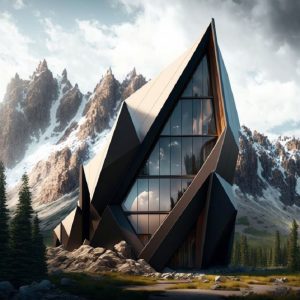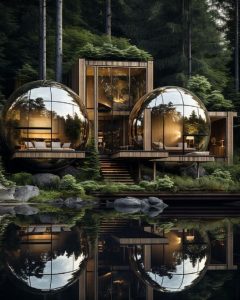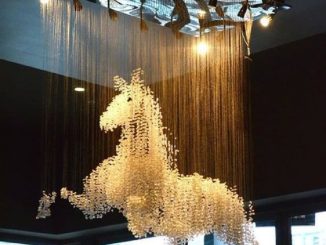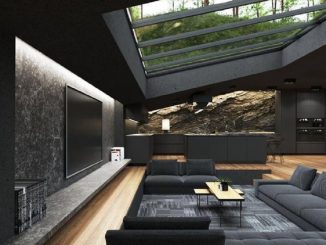The world of housing design is constantly evolving, driven by advancements in technology, changing lifestyles, and a growing awareness of sustainability. The future of housing promises exciting innovations that will not only redefine the way we live but also offer solutions to some of the challenges we face in a rapidly changing world. In this exploration of future housing designs, we’ll delve into innovative trends and transformations that are reshaping our concept of home.
1. Sustainable and Eco-Friendly Architecture: A Green Revolution
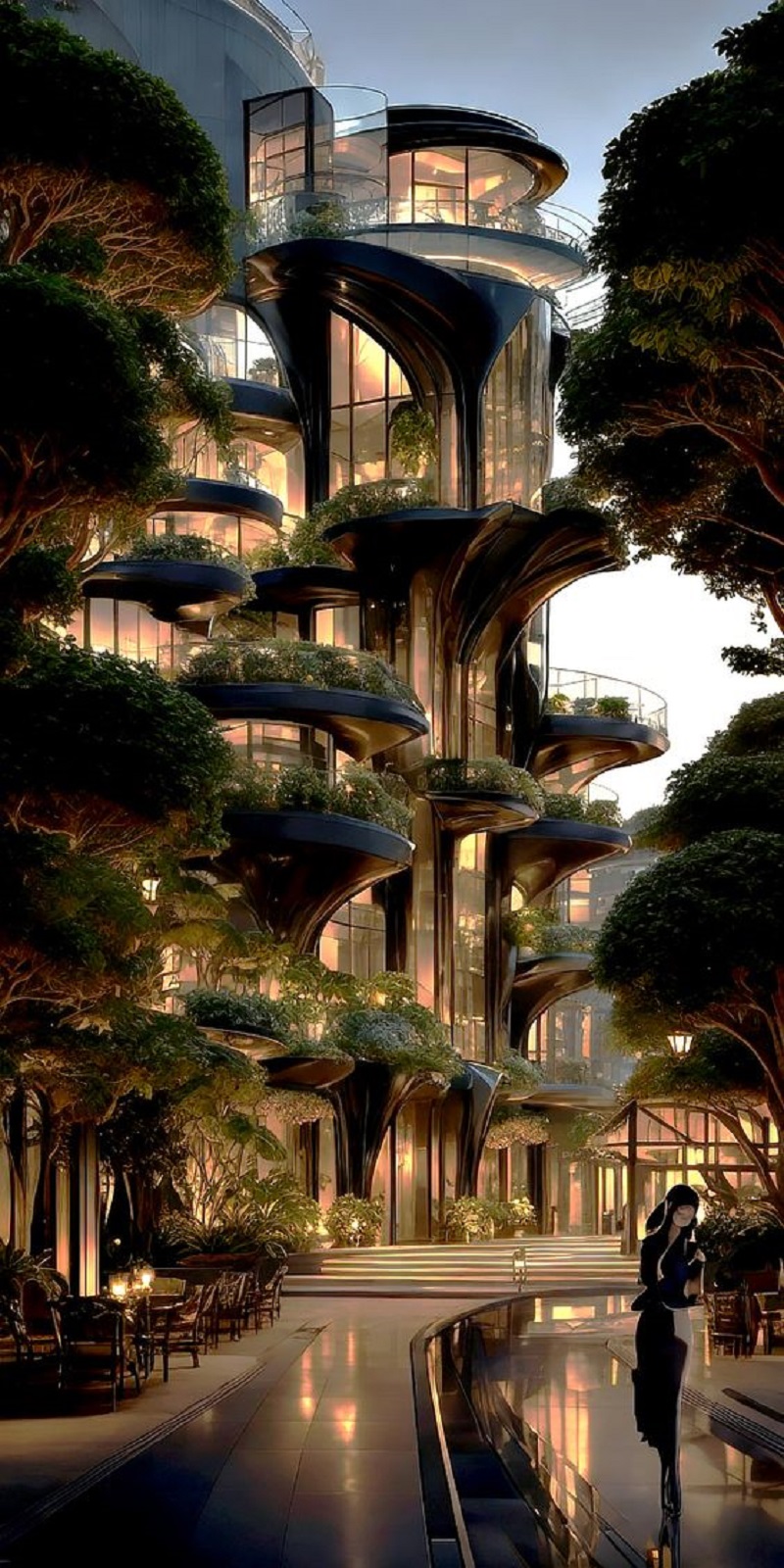
a. Passive House Design
The future of housing is green, quite literally. Sustainable and eco-friendly architecture is at the forefront of housing design trends. The concept of the “Passive House” is gaining momentum, focusing on ultra-energy-efficient buildings that require minimal energy for heating and cooling. These homes are well-insulated, airtight, and utilize renewable energy sources.
b. Living Facades and Green Roofs
Greenery is not just for gardens; it’s becoming an integral part of housing design. Living facades and green roofs, covered in vegetation, help regulate indoor temperatures, reduce energy consumption, and enhance the aesthetics of the home. These designs promote biodiversity and improve air quality.
c. Modular and Prefabricated Homes
Modular and prefabricated homes are revolutionizing the construction industry. These homes are constructed off-site, reducing waste, saving time, and providing cost-effective solutions. Prefabricated elements are designed to be more energy-efficient, with a focus on high-quality insulation and sustainable materials.
d. Water-Efficient Design
As water scarcity becomes a growing concern, future housing designs are incorporating innovative water-efficient solutions. Homes are being equipped with rainwater harvesting systems, graywater recycling, and advanced filtration systems, allowing residents to use water more sustainably.
2. Smart Homes and Integrated Technology: The Connected Living Experience
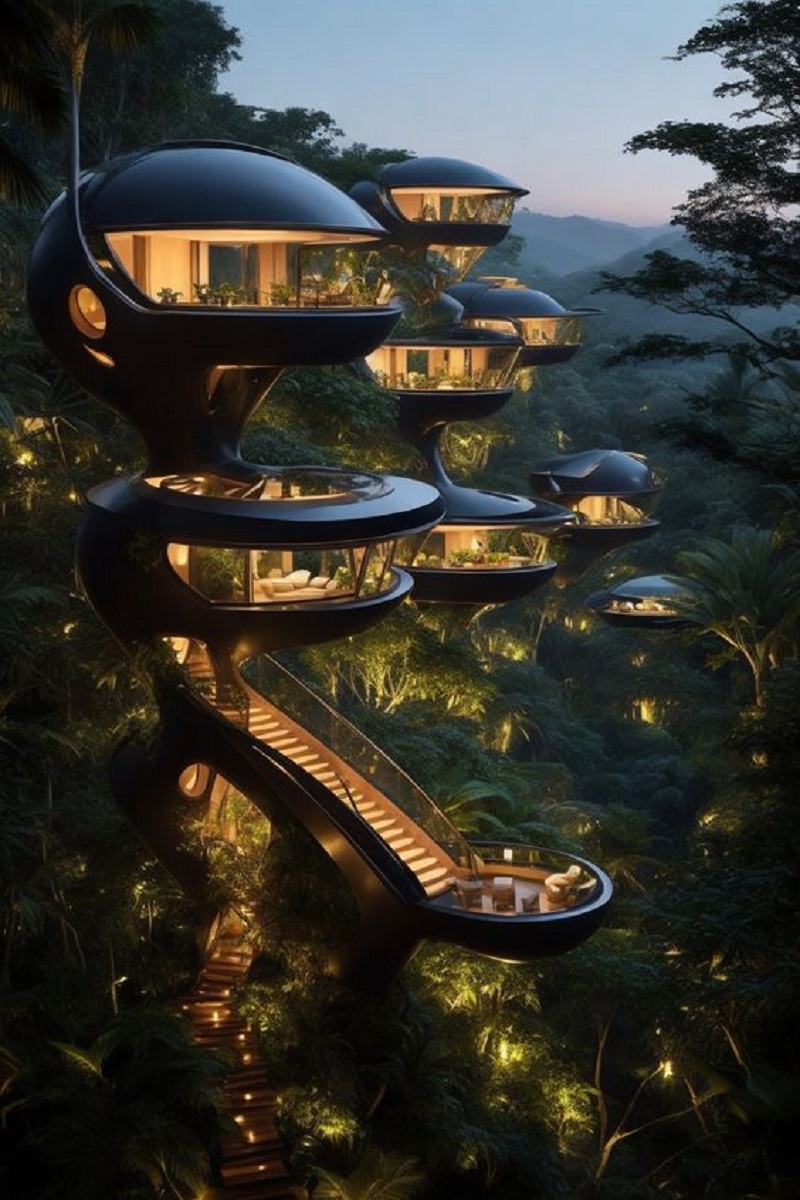
a. Internet of Things (IoT)
The integration of IoT technology into housing design is creating smart homes that are intuitive, responsive, and energy-efficient. From lighting and climate control to security systems and entertainment, smart homes offer a seamless and connected living experience.
b. Energy Management
Smart homes are equipped with energy management systems that monitor and optimize energy usage. This includes intelligent appliances, solar panel integration, and the ability to track and control energy consumption, reducing both costs and environmental impact.
c. Home Automation
The future of housing is all about automation and convenience. Home automation systems can control everything from window shades and door locks to kitchen appliances and entertainment systems, creating a highly customizable living environment.
d. Enhanced Security
Security is a top priority in future housing designs. Advanced technologies, such as facial recognition, biometrics, and AI-based surveillance, offer robust security measures to protect residents and their property.
3. Flexible and Multi-Functional Spaces: Adapting to Modern Lifestyles
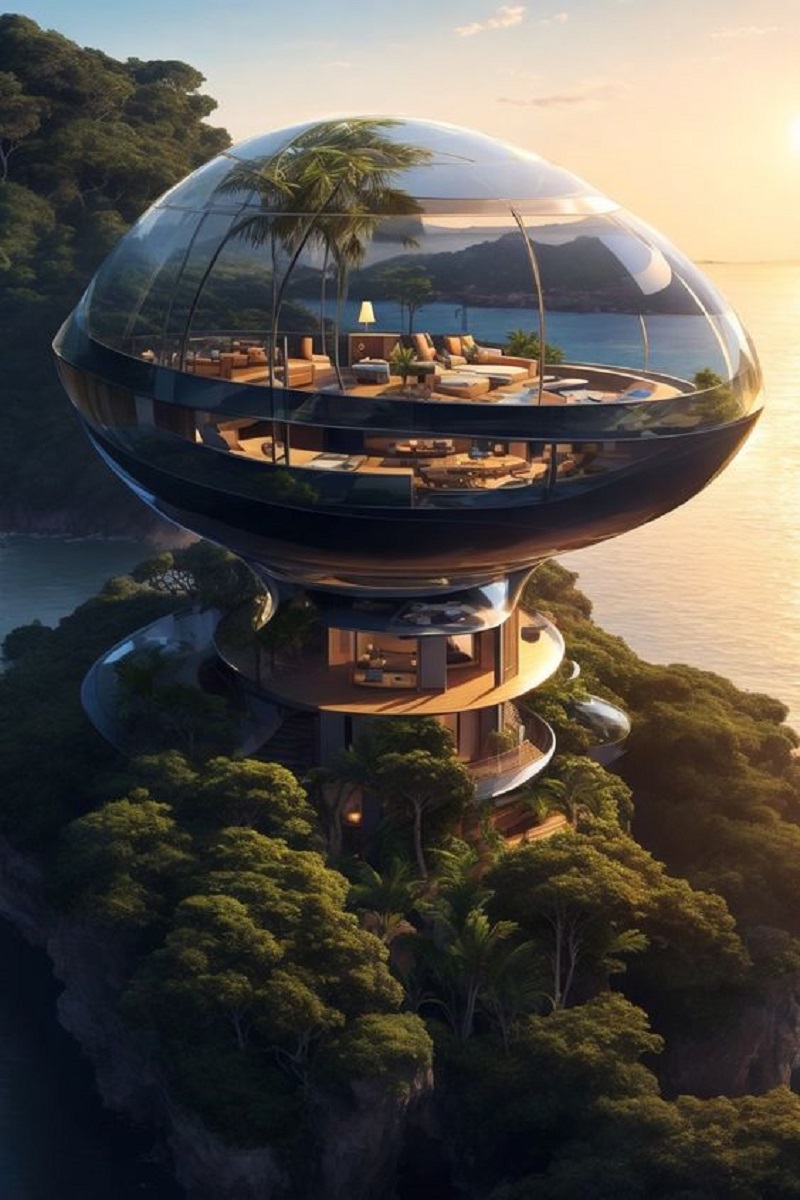
a. Work-from-Home Design
The COVID-19 pandemic accelerated the need for work-from-home solutions. Future housing designs incorporate home offices and flexible workspaces that cater to remote work while maintaining a healthy work-life balance.
b. Multi-Generational Living
The concept of multi-generational living is gaining popularity. Homes are being designed with self-contained living spaces for multiple generations under one roof, promoting shared responsibilities and strengthening family bonds.
c. Adaptable Architecture
Adaptable and flexible spaces allow homeowners to reconfigure rooms as needed. Transformable furniture, movable walls, and open-plan designs provide the versatility to accommodate evolving family dynamics and lifestyle changes.
d. Sustainable Minimalism
The future of housing design often leans toward minimalism. Clean lines, clutter-free spaces, and sustainable materials create a calming and uncluttered environment. Future homes will emphasize quality over quantity.
4. Home Decoration and Arrangement
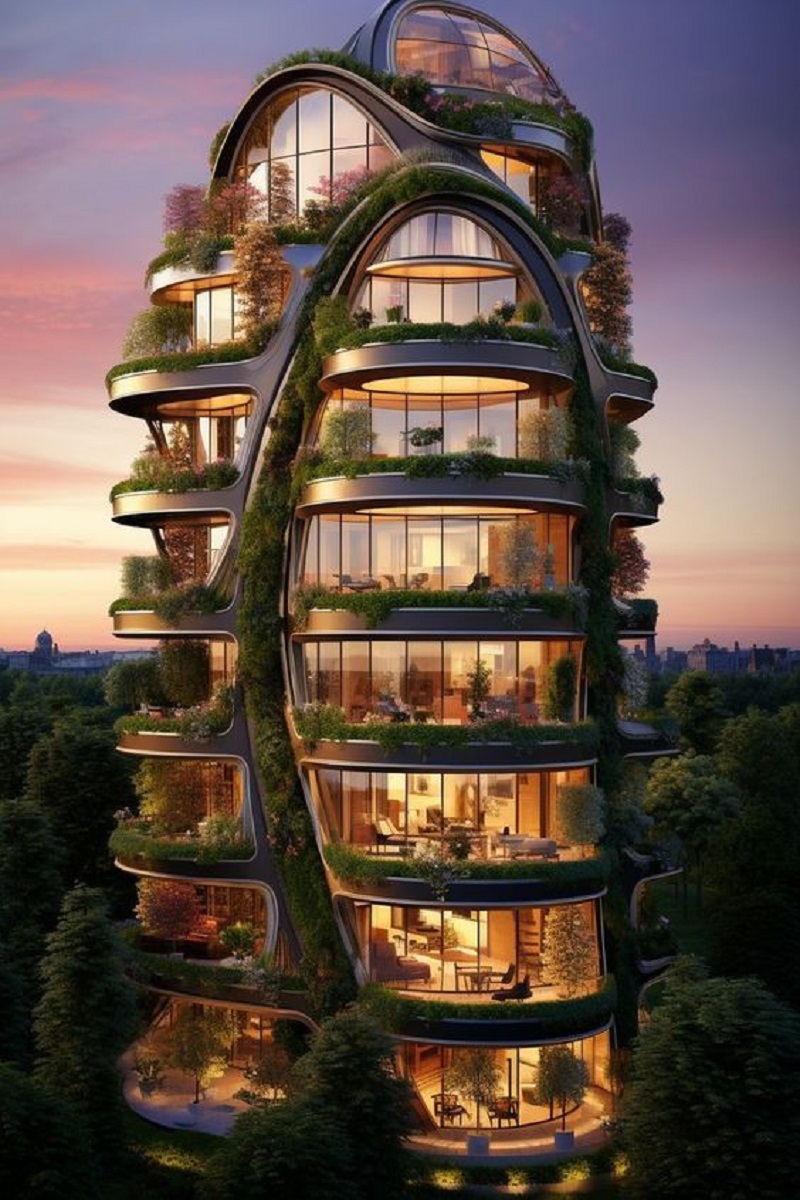
As the landscape of housing design evolves, home decoration and arrangement also play a vital role in shaping our living spaces. Consider the following principles:
a. Personal Expression
In future housing, personal expression is key. The flexibility of spaces and decor should cater to individual tastes and lifestyle choices. Incorporate elements that reflect your personality and interests.
b. Harmony with Nature
Embrace the principles of sustainability and eco-friendliness in your home decoration. Choose furniture and decor made from renewable materials, and bring the outdoors in with plants and natural textures.
c. Technology Integration
Incorporate technology seamlessly into your home decoration. Conceal wires and devices when necessary, ensuring that your decor aligns with the connected living experience.
d. Minimalist Aesthetics
Embrace minimalist aesthetics to create an uncluttered and serene living space. Less can be more in future housing design, focusing on quality, functionality, and sustainability.
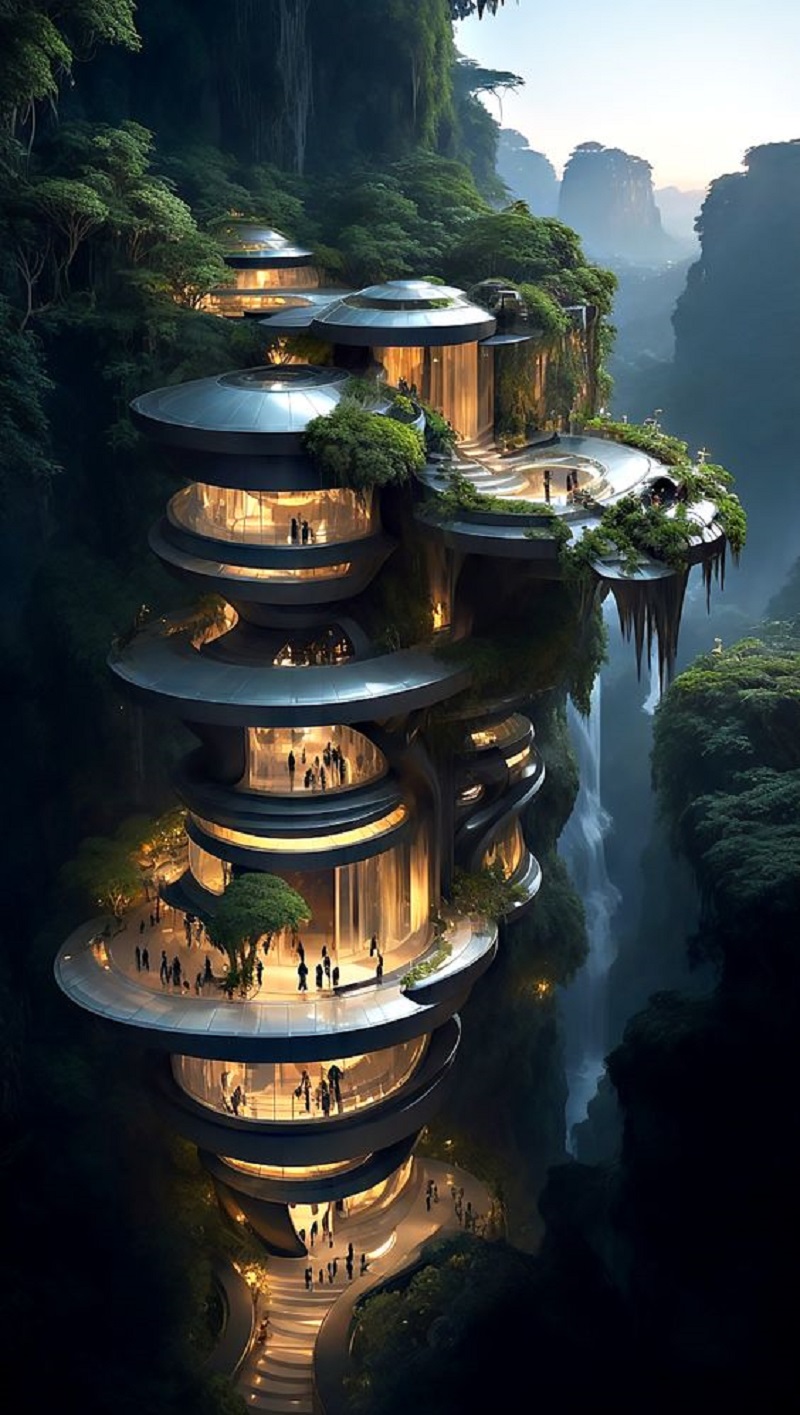
The future of housing design is a fascinating landscape of sustainability, technology integration, flexibility, and personalization. As our homes adapt to the changing world and evolving lifestyles, they promise to provide us with a better quality of life and a deeper connection to our environment. Embracing these innovations while considering the principles of home decoration and arrangement allows us to shape our living spaces into the ideal homes of the future.


